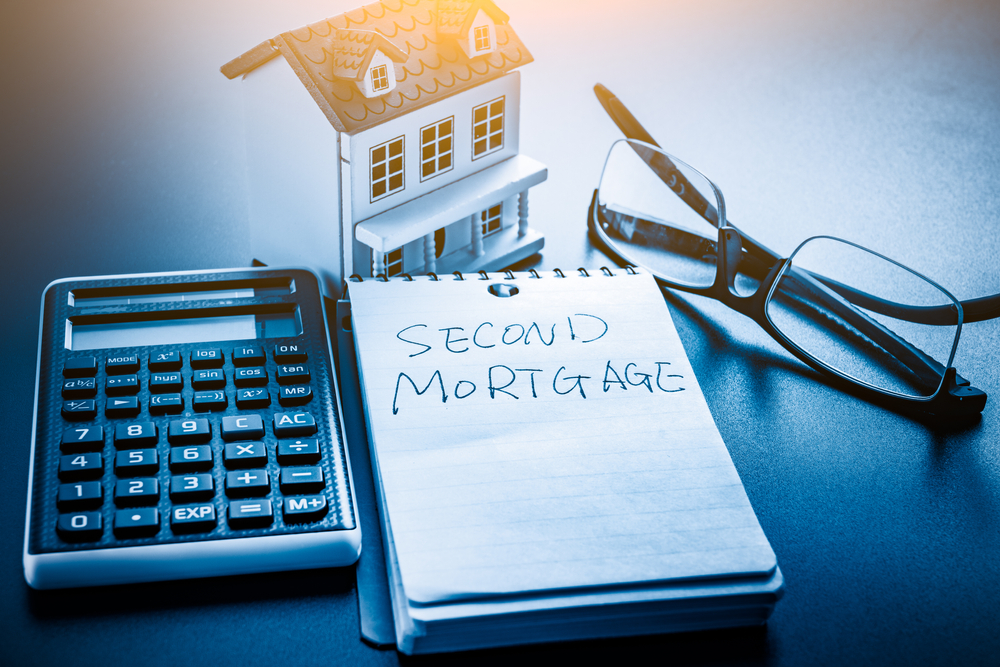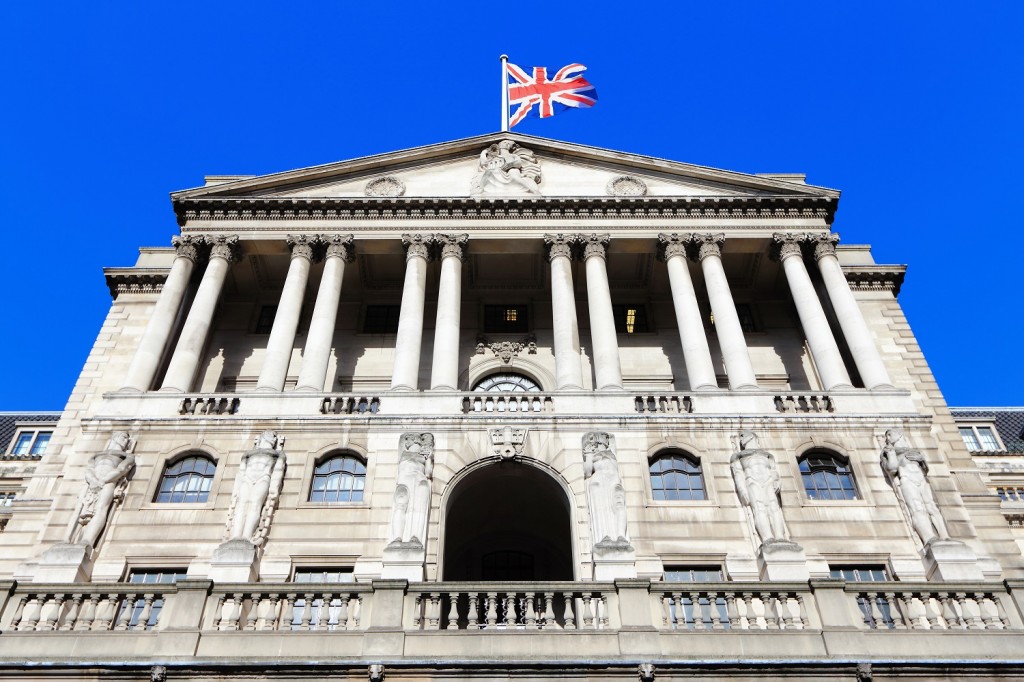
It says the second-charge product split by volume of mortgages is 73% for traditional debt consolidation borrowers, compared to 27% of prime borrowers in the three months to the end of February.
By value, the spilt was 63% debt of consolidation borrowers and 37% of prime borrowers.
The report by the second-charge lender says: “Activity among prime borrowers was inching up, suggesting existing homeowners are more willing to use second-charge options, for example, to conduct home improvements as well as pay off costlier debts.”
For borrowers specifically using a second-charge mortgage for debt consolidation purposes, the average loan amount rose again to £22,184, with an average term of 125 months, but with the average loan to value falling slightly to 72%.
Borrowers, on average, continued to consolidate five specific debts, and the average value of the debts consolidated again increased to £15,958.
The data shows the most common uses of a debt consolidation second-charge mortgage. It says over half were used to pay back a loan provider, followed by paying a bank, repaying retail credit, followed by car finance.
It adds, for prime borrowers, the average loan amount in the period fell slightly to £34,087, with an average term of 153 months, and an average LTV “dipping fairly significantly” to 67% from 72%.
Prime borrowers typically take out these second-charge mortgages for debt consolidation – 57.5%, up from 55% – home improvement and some consolidation – 24%, up from 23% – and home improvement – 15%, down from 18%.
The survey adds that borrowers were also using second-charge loans to pay for vehicles and to fund existing business ventures. The average number of specific debts consolidated by prime borrowers has remained at five, and the average value of the debt has fallen this quarter to £22,298.
Evolution Money chief executive Steve Brilus says: “Our latest tracker seems to hark back to those of a couple of quarters ago when we began to see a noticeable trend in terms of greater numbers of prime borrowers utilising second-charge mortgages for other uses beyond the typical consolidation of debts.
“With existing homeowners locked into some very favourable mortgage deals, there is little inclination to remortgage out of these products especially when the pricing is now not as good, and when they are likely to have to pay a considerable early repayment charge to do so.
“Instead, for those existing owners that want to access their equity for all manner of purposes, a second-charge could be the better option, especially given the changing criteria, the greater flexibility, and the larger loans now available.
“Without doubt, the main purpose of a second-charge tends to remain the paying of debts, but we see more prime borrowers using their loans in a combination of ways, often to improve their homes and pay off costlier debts at the same time, such as credit cards and car finance.
“The latest Finance & Leasing Association figures for the three-month period up until the end of January this year, show the value of second-charge mortgages increasing by 52% on the same period a year ago.
“That’s a significant uplift and details the growth in demand for second-charge products and the growing range of solutions they give to existing homeowners, especially off the back of house price rises.
“We fully anticipate second-charge mortgages becoming even more relevant to more homeowners, and advisers are much more likely to be seeing clients for whom a second-charge is suitable.
“First-charge mortgage rates have been inching up over the last few months, with further rises anticipated, while many homeowners may feel the time is right to pay off debts, especially if, at the same time, they are seeing the cost of living also rise.”



